By Denise Levine, UC Master Gardener of Napa County
What comes to mind when you think of poppies? When I was a child, luminous California poppies in glowing golden yellow were plucked and held under our chins. If our chin reflected gold, it meant we loved butter. Everyone knew that.
To others, poppies are for remembrance and were sown on battlefields. History tells us that Ghengis Khan and his Mongols spread white poppy seeds on the battlegrounds as they left, to blossom the next spring, symbolizing death and rebirth.
After World War I, Flanders red field poppies (Papaver rhoeas) were sown to commemorate the sacrifice of fallen soldiers and veterans. Loved by French Impressionists, fields of red poppies rarely fail to inspire.
Poppies have been used to commemorate heroes, brighten landscapes, attract pollinators, provide medicine and to flavor foods. Whether you plant them to brighten your garden or to adorn your home-baked bread with your own poppy seeds, September is a fine month to prepare a spot for poppies.
Poppies can be sown from seed or grown from seedlings. Mature plants can be divided this time of year. Poppies have a long tap root and do not transplant easily, so growing from seed or picking up young plants at a favorite nursery or garden center is usually better than transplanting. Divided poppy plants may need a season or two to adjust before you will start to see flowers again.
The hardest part might just be choosing which poppies to plant. Choices range from small to tall and from simple to frilly. You also have myriad color choices.
Golden California poppies (Eschscholzia californica)are easy to sow and not fussy about soil. Considered a tender perennial in our mild climate, they need little if any tending. Poppies do not like waterlogged soil so good drainage is essential.
These poppies self-sow readily, thrive in poor to average soil and love our climate. California poppies are the state flower, so it is illegal to pick them on state property. Grow your own poppies and keep their beauty closer to home. You can find seeds and flowers in reds, yellows, purples and other sunny colors as well.
This fall I am planting breadseed poppies for the first time. Breadseed poppies (Papaver somniferum) produce papery blossoms in gorgeous pink, deep plum purple, cherry red, almost black and even white.
The popular Hungarian Blue breadseed poppies grow two to three feet tall, with silvery foliage and open purple petals. Planted in graceful drifts, these self-sow readily so I am looking for a spot they can take over in a season or two. Also called florist's poppies, they leave behind lovely dried seed pods that can be used in fall flower arrangements.
Alternatively, you can open the dried pods and use the light blue, nutty seeds to decorate and flavor bread and other recipes. Note that only the seeds are edible. All other parts of this plant are toxic.
Sow seeds for breadseed poppies just as you do for most other poppies. You can start them indoors in cell packs. They need light to germinate so do not cover the seeds. Keep them moist and at about 65°F for the two to three weeks needed to sprout.
Another way to sow poppy seeds is to locate a spot in your garden where you want to see them blooming in the spring. Weed the area and loosen the top 1 inch of soil. Rake the seeds in and gently walk over the bed to press the seeds into the soil. You do not have to cover the seeds.
The fall and winter rains should induce the seeds to germinate. Remember to mark your bed so you recognize baby seedlings when they start to appear. When the young plants start to get crowded, thin them to 12 inches apart. You can try using these thinnings to fill in other areas of your garden. Although poppies do not transplant readily, you may have luck if you do it before their tap roots have developed too much.
Another breadseed poppy called Hens and Chicks caught my attention with its unique seed heads. This variety has giant 8-inch blossoms in red or pink, followed by a bizarre-looking large seed pod (the hen) surrounded by many clustered smaller seed pods (the chicks). Useful and decorative, these were too strange to pass up.
Delicate Iceland poppies (Papaver nudicaule) can also be sown directly in beds now in anticipation of winter rains. Iceland poppies bloom from May through July, and they encourage pollinators of all kinds to visit your garden. Iceland poppy seeds need light to germinate, so do not cover the seeds with soil when you plant them. Pretty easy, right?
All poppies will bloom longer if you deadhead regularly, so you will have to decide if you are going for fresh blossoms or seed heads. Yes, the hardest part is choosing.
Food Growing Forum: Join Napa County Master Gardeners on Sunday, September 27, from 3 p.m. to 4 p.m., for a free Zoom forum on “Harvesting and Storing Produce.” This forum on food growing will continue monthly on the last Sunday of every month. To receive the Zoom link for the September 27 forum, register at http://ucanr.edu/FoodGrowingForum2020.
The UC Master Gardeners of Napa County are volunteers who provide University of California research-based information on home gardening. To find out more about home gardening or upcoming programs, visit the Master Gardener website (napamg.ucanr.edu). Our office is temporarily closed but we are answering questions remotely and by email. Send your gardening questions to mastergardeners@countyofnapa.org or leave a phone message at 707-253-4143 and a Master Gardener will respond shortly.
Attached Images:
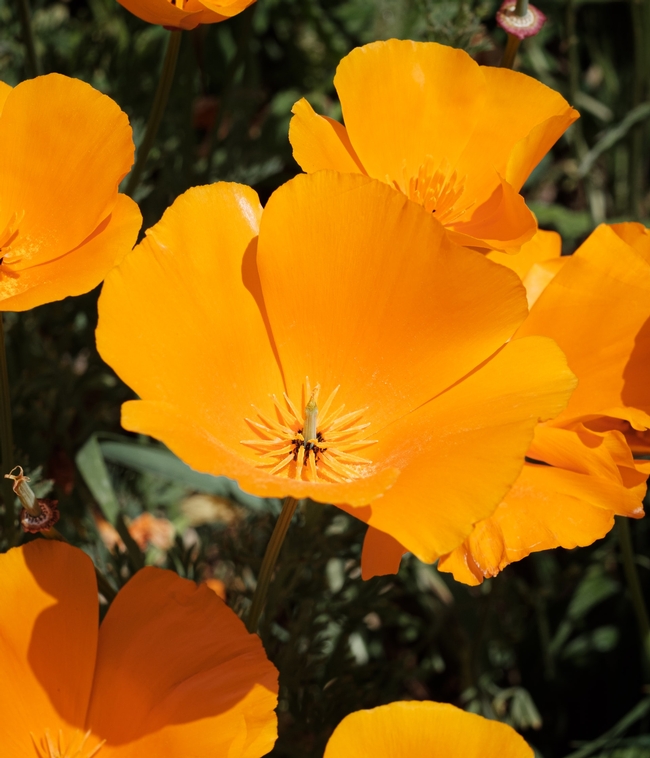
California poppy (Ehimetalor Akhere Unuabona.Unsplash)
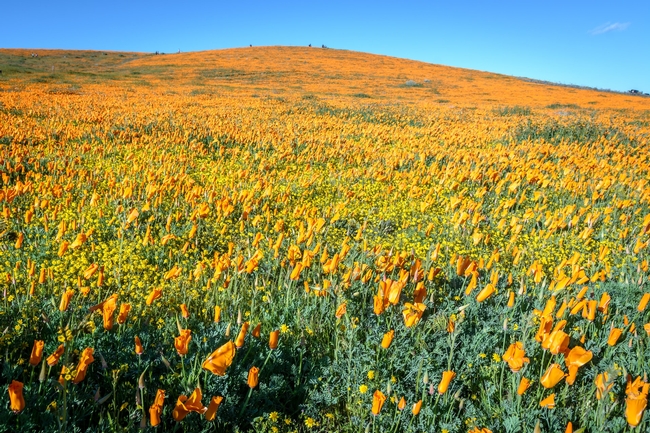
California poppy (Steve Harvey.Unsplash)

White poppy (Annie Spratt.Unsplash)

Red poppy (Veronica Ivanov.Unsplash)
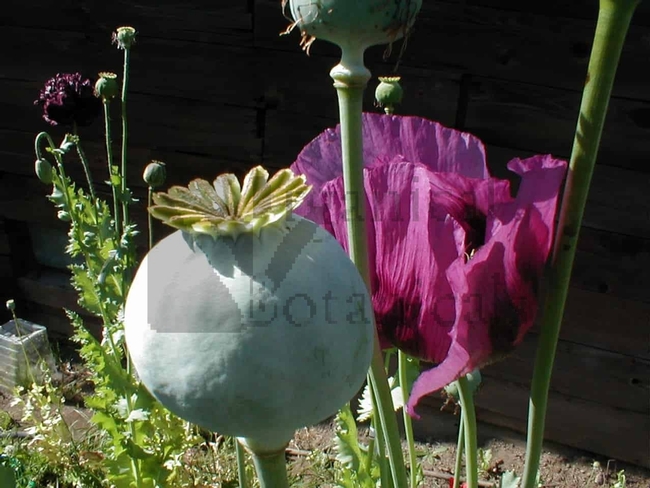
Hungarian blue poppy and seed head (organicalbotanicals.com)
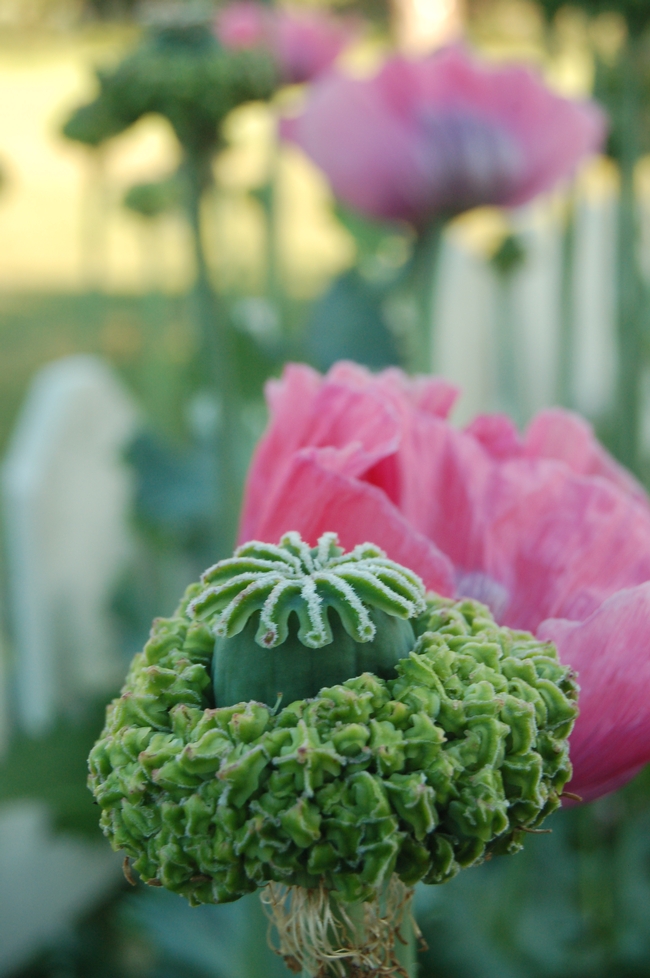
Hens & chicks poppy seed head (white-buffalo-trading.com)
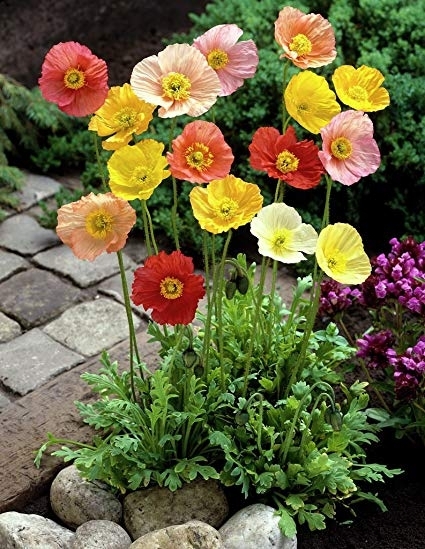
Iceland poppy (UC ANR)
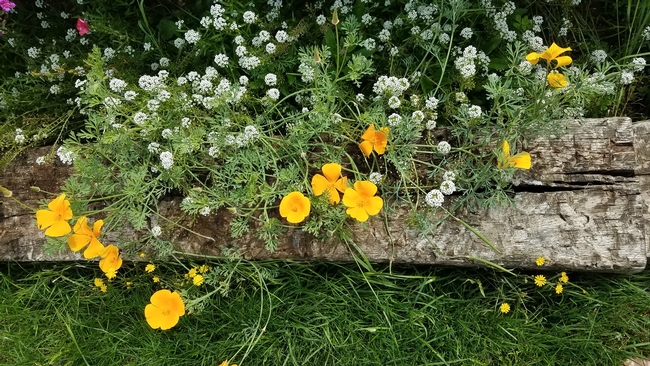
California poppy (Breanna Louise.Unsplash)